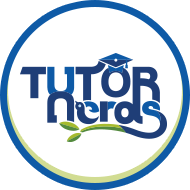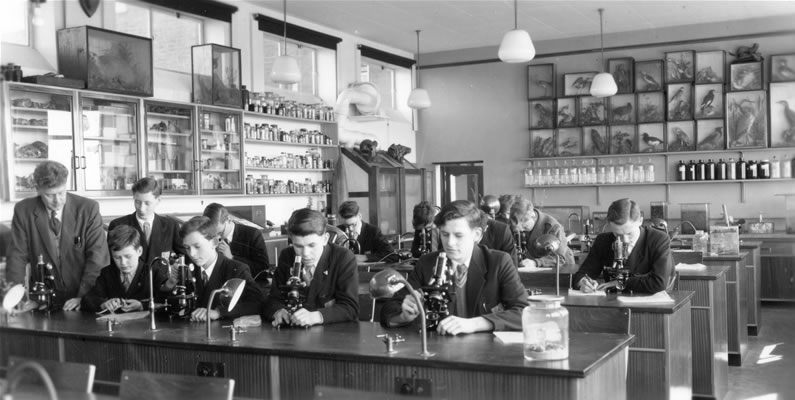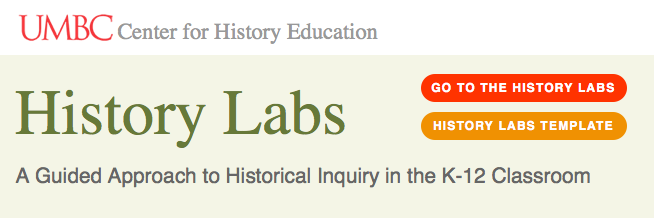Students as Historians: History Labs


Growing up in metro-Detroit, I had the ability to go back in history. It wasn’t a contraption located in a wooden shed in my backyard, nor in a magical closet that opened the door to space and time. It was, and still is, located in Dearborn, Michigan at the Henry Ford Center. Greenfield Village is like nothing else. Amidst the ruin of a once vibrant, large city, the village stands as a testament to what makes America great.
All you have to do is purchase a ticket, and history is yours to explore at your own convenience and leisure. Just a simple stroll down the cobblestone streets will bring you to the actual Wright Brothers’ cycle shop, the facility where Edison engineered the light bulb, and, if you’re not careful, in harm’s way of a real Model T. The re-enactments at the museum are, simply put, genuine. Want to know what it was really like living on a farm in the late 1800s? Just ask the nice lady preparing strawberry reserves.
In addition to the actual buildings and facilities – this is a large scale museum; if you’re walking through Edison’s house, it’s actually Edison’s house – the written word is utilized for the curious and committed. Real documents, newspaper articles, journals, etc. are a plenty as you stroll through the creaky corridors of these ancient structures. In my opinion, it’s the ultimate synthesis of learning. On the one hand, you have the smells, sounds, and drama of people reliving these iconic moments in history to pique your interests. And on the other hand, you have the real documents to piece the puzzle together. In other words, you become your own historian.
There’s no surprise most districts within driving distance of the Village make it an absolute must for a field trip. Everyone exits feeling proud of the ingenuity, hard work, and determinism that went into our Nation’s rise to glory. And most important of all, from an educator’s standpoint, students return to class with a recharged vigor to learn.
History is important. Few would argue otherwise. In better words than I can construct myself, the American History Association answers the question, “Why Study History?” as such,
“Why study history? The answer is because we virtually must, to gain access to the laboratory of human experience. When we study it reasonably well, and so acquire some usable habits of mind, as well as some basic data about the forces that affect our own lives, we emerge with relevant skills and an enhanced capacity for informed citizenship, critical thinking, and simple awareness.” – Peter Stearns
History class was always a favorite of mine, though I did carry some ambivalence. It wasn’t the content that bothered me, but the way in which we learned it. Some activities were captivating. For example, in Middle School, I recall an assignment where we were all given a relevant personality from the Revolutionary war. It was our duty to research and develop a presentation for the class in which we became the characters. We laughed at the costumes, are hands shook from nerves, but in the end, we learned so much.
In contrasts, the exams were all the same. Dreaded memorization. And the textbooks? Don’t get me started on the textbooks. How could something as inspiring as General Washington’s triumph at Valley Forge, seem so insipid on paper. The anxieties, drama, and romanticism of what was surely one of the most suspenseful moments in the entire war, looked flat and nonchalant in the three paragraph summary on the 123rd page of our book.
So, how do educators bring the excitement of learning at Greenfield Village into the confines of a classroom? Some are looking to science for an answer. And I’m not talking the periodic table, I’m talking literally looking to the science class taking place across the hall.
History labs are a real thing, and, arguably, they work. Inspired by hands-on science labs, many history teachers are letting the students be the historians, as they discover for themselves what actually happened. Instead of reading a summary of ‘What brought settlers to Maryland’ students are given actual documents to come to the conclusions on their own. The philosophy of such engagement is that it creates a personal connection between the student and history. UMBC Center for History Education explains,
“By actively investigating the past, rather than passively memorizing ready-made facts or accounts assembled by others, students strengthen their critical reading and writing skills, and improve their ability to handle and retain vital content information.”
Best of all, the students seem to be taking to it with enthusiasm. Check out this introduction to the labs, as well as a testimony from a bright young mind. It should be interesting to see if this catches on, as well as if it’s financially feasible for struggling schools.

Can’t get enough history? Here’s a list of ten sites to explore.
100% Satisfaction Guarantee
You’ll love your tutor, or you don’t pay.

We will evaluate your situation and answer any questions. We will then individually match you with one of our tutors. Your tutor will recommend the best strategies for you based on your goals. You’ll work with the same tutor ongoing and you can schedule directly with your tutor.
100% Satisfaction Guarantee – You’ll love your tutor, or you don’t pay
| Cookie | Duration | Description |
|---|---|---|
| cookielawinfo-checkbox-analytics | 11 months | This cookie is set by GDPR Cookie Consent plugin. The cookie is used to store the user consent for the cookies in the category "Analytics". |
| cookielawinfo-checkbox-functional | 11 months | The cookie is set by GDPR cookie consent to record the user consent for the cookies in the category "Functional". |
| cookielawinfo-checkbox-necessary | 11 months | This cookie is set by GDPR Cookie Consent plugin. The cookies is used to store the user consent for the cookies in the category "Necessary". |
| cookielawinfo-checkbox-others | 11 months | This cookie is set by GDPR Cookie Consent plugin. The cookie is used to store the user consent for the cookies in the category "Other. |
| cookielawinfo-checkbox-performance | 11 months | This cookie is set by GDPR Cookie Consent plugin. The cookie is used to store the user consent for the cookies in the category "Performance". |
| viewed_cookie_policy | 11 months | The cookie is set by the GDPR Cookie Consent plugin and is used to store whether or not user has consented to the use of cookies. It does not store any personal data. |

